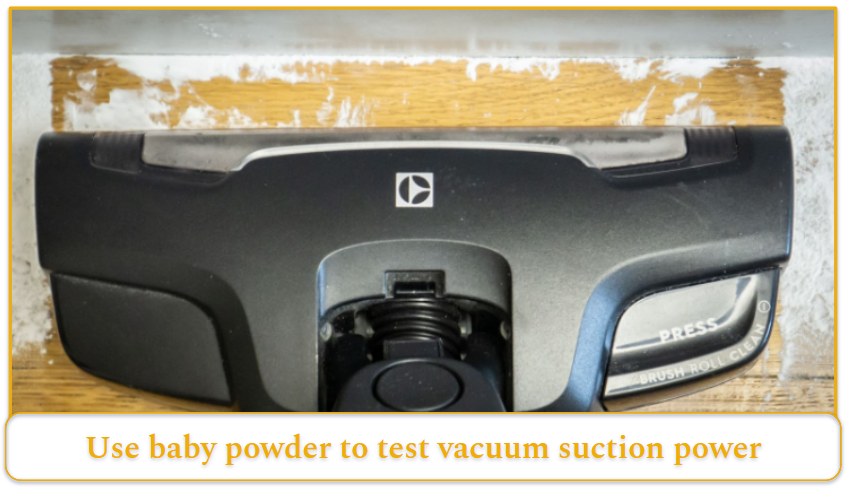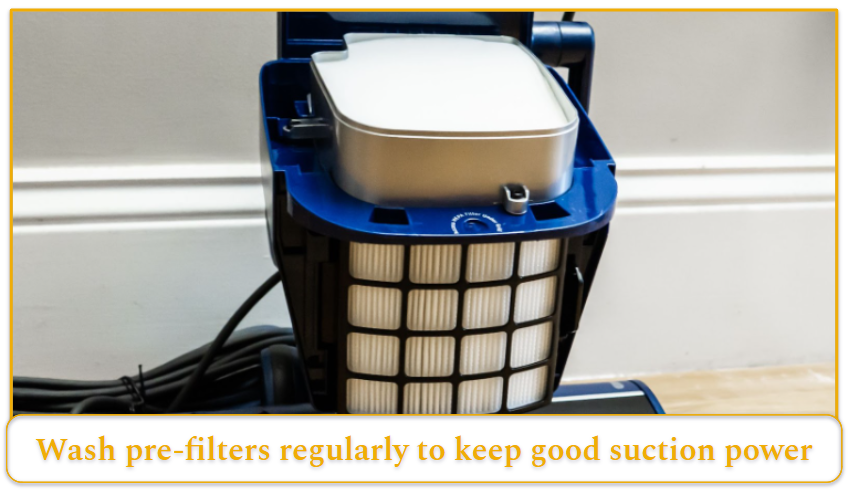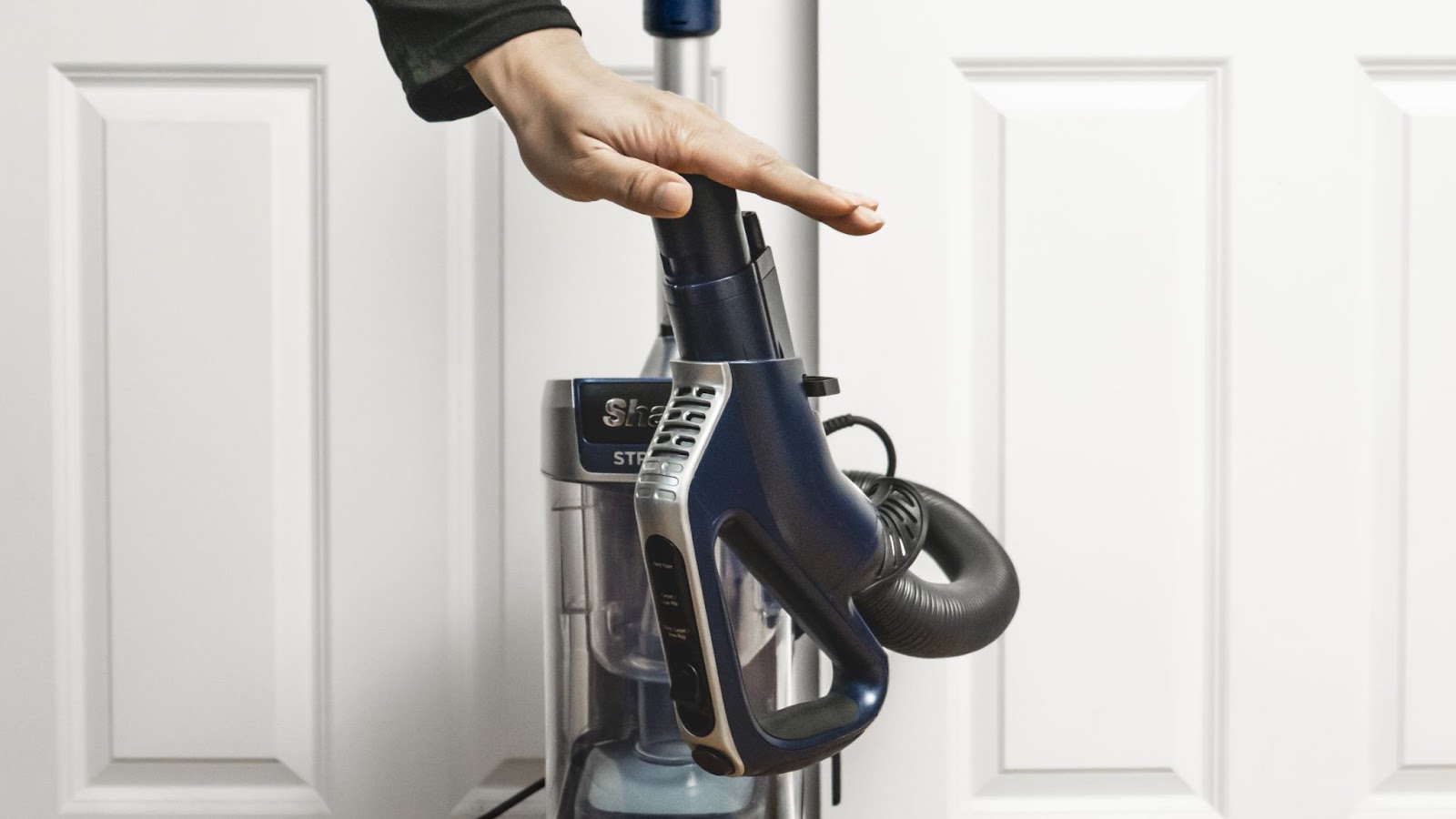If you’re feeling a bit overwhelmed shopping for a new vacuum online, you’re not alone. Nowadays, there are so many brands and features you’ve never heard of, not to mention all the marketing lingo. It makes it hard to compare one vacuum cleaner to another.
However, one thing manufacturers love to tout is power. They’ll talk about their vacuum having a 1,500-watt motor or producing 2,000 pascals of suction. But how do these terms actually relate to cleaning your house? Let’s get into it!
Wattage vs Suction Power: What’s the Difference?
Wattage is the rate of electrical flow over time. So a 1,500-watt motor draws more power than a 200-watt motor.
In theory, a higher-watt motor has more potential cleaning power, but it doesn’t always work out that way. Imagine putting a massive engine in a car with four flat tires. It doesn’t matter how powerful the engine is, you’re not going anywhere fast.
The same holds true for a vacuum, a high-watt motor needs to work with other well-made parts to clean your floor.
When those parts work well together, they create suction — the movement of air created by a partial vacuum. The two most common ways brands denote suction power are pascals and air-watts.
Robot vacuum brands typically use pascals, denoted as pa, to show off the unit’s power. When you see a robot vacuum that is advertised as having 5,000 pa of suction, that translates to .5% of the pressure bearing down on you from the atmosphere right now. It’s relatively high for a robot vacuum, but low in the grand scheme of things.
Full-sized vacuums tend to display their suction power in air watts or AW. Air Watts are calculated by multiplying suction power by airflow and dividing that number by 8.5.
What Is a Good Suction Power for a Vacuum?
Here are the best ranges of suction power for different types of vacuum cleaners:
- Handhelds and cordless: ~50-100 AW
- Uprights: ~100-290 AW
- Canisters: ~200-250 AW
- Robot Vacuums: ~2,000-10,000pa
The type of flooring you have in your home does play a role in how much suction you need.
- Hardwood and tile flooring require less suction.
- Thicker or high-pile carpets require the most suction. If you have very thick carpets such as shag or ultra-plush, you should try to get a vacuum that has easily adjusted suction. Vacuums can get stuck on ultra-plush carpet and you’ll want a simple way to release it.
- If your home is a mixture of bare floors and thinner area rugs, anything over 150 AW is more than enough suction power.
However, in my experience, only looking at suction power will lead to disappointment. It doesn’t matter how powerful a vacuum is if it remains in storage. Aspects like ergonomics, attachment selection, and brush head design play a much bigger role in keeping your house clean than raw suction power.
For example, if you’re interested in finding a vacuum to help deal with the crumbs your kids leave behind in the backseat of your car, a 50 AW cordless handheld is going to get the job done a lot easier than a massive 250 AW upright.
Broadly speaking, you’ll get the most satisfaction out of your vacuum if you think about what you want your vacuum to do or what annoyed you about your last model. The variety out there right now is astounding if you start looking.
How Do You Measure the Suction Power of a Vacuum?

Baby powder is a good way to test if a vacuum’s suction is up to snuff
For most people, there’s no real upside to quantifying how much suction their vacuum provides, unless you’re getting a central vacuum system installed in your home and shelling out money for a specific suction level.
There are suction gauges you can buy online. They’re only compatible with vacuums that possess hoses. Basically, it’s a rubber stopper that you place on the end of the hose. When you activate the vacuum, the suction pulls on the stopper, allowing the gauge to give you a readout.
But if you’re interested in checking if your vacuum is in good working order, just sprinkle some baby powder on your floor and test if your vacuum can pick it up. Baby powder is really fine and likes to adhere to surfaces so it can provide a challenge to a vacuum cleaner.
If you apply the powder near your baseboards, it’s a great way to check if your vacuum’s brush head can achieve edge-to-edge cleaning by seeing if there’s a gap between where the vacuum goes and what it picks up. You can also try a few tufts of pet hair.
Both of these tests are used in the official ASTM International standards for vacuum evaluations.
How to Maintain Good Vacuum Suction Power

Many vacuums have a washable pre-filter that, when dirty, can dampen airflow
Vacuums do lose suction over time. However, there are a couple of easy fixes.
- The first is to clean the pre-filter. Many vacuums have a mesh or cloth filter before the main filter that catches large debris like pet hair. It helps make the main filter last longer, but clogs easily. If that doesn’t work, it may be time to replace the main filter. Most vacuum filters are designed to last between three and six months depending on how often you vacuum.
- The vacuum’s brush head is the next logical target. Hair caught in the spinning brushes or clogging the intake can reduce performance. A quick snip from a pair of scissors can free the brushes and many brush heads can be disconnected from the main body so you can clean out the intake.
If all else fails, you can contact the manufacturer. Even if your vacuum is out of warranty, the manufacturer can send you parts such as new belts for older vacuums to get them working again.
The Importance of Vacuum Airflow
As the name suggests, airflow is the volume of air passing through the vacuum. It’s usually measured in cubic feet or meters per minute.
Having high airflow rates means the vacuum’s motor is powerful enough to overcome the resistance of the filter, the flooring, and the length of the hose. It’s crucial to performance because it’s the medium through which dirt and debris travel from your floor and furniture into the vacuum’s dustbin.
If a vacuum’s suction power exceeds its airflow, then it becomes stuck. Imagine placing your hand on the end of a vacuum’s hose. The vacuum sticks to you. It’s maintaining suction, but no airflow.
Typically airflow is measured with an anemometer—a device that determines the volume of air currents via a windmill attached to the end.



